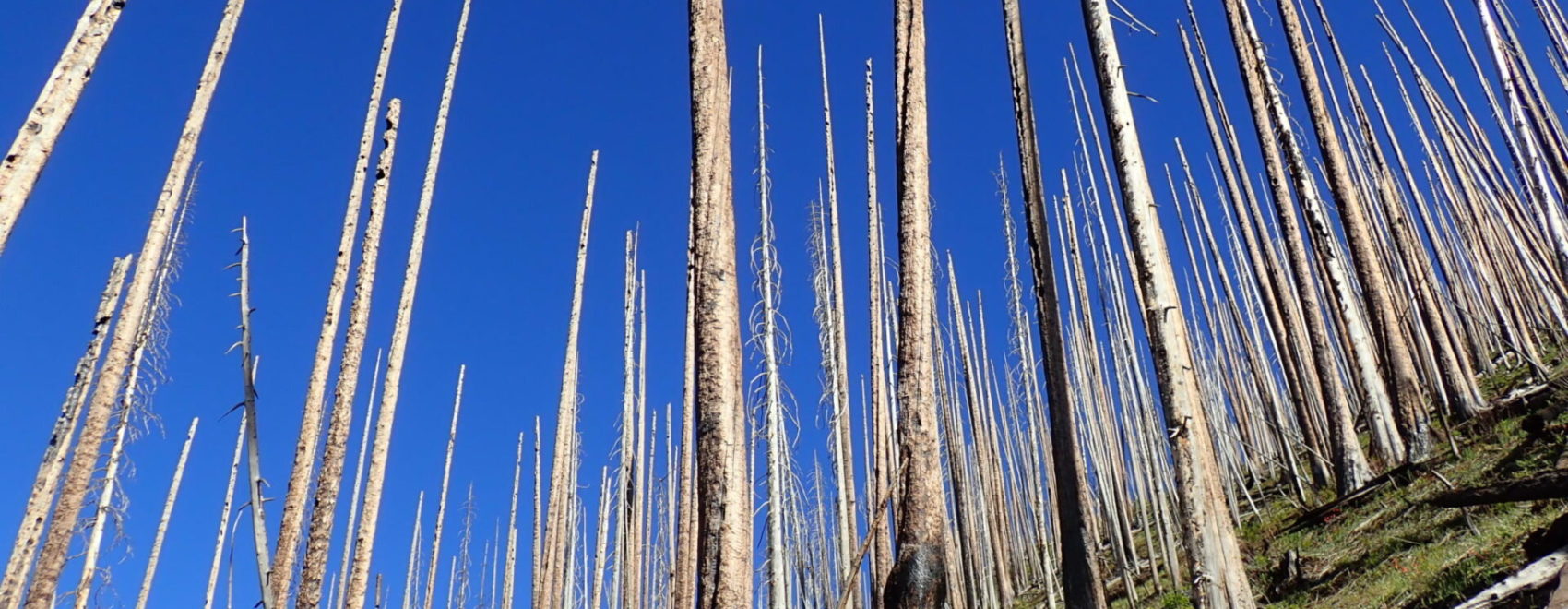Author Mary Guiden outlines a new paper from Coop et al. that uncovers several common themes reported by scientists regarding increases in wildfire impacts from climate change in the borderlands of Mexico and Arizona up to Canada. Full article here.
Wildfire-Driven Forest Conversion in Western North American Landscapes (Coop et al. 2020)
Full Abstract: Changing disturbance regimes and climate can overcome forest ecosystem resilience. Following high-severity fire, forest recovery may be compromised by lack of tree seed sources, warmer and drier postfire climate, or short-interval reburning. A potential outcome of the loss of resilience is the conversion of the prefire forest to a different forest type or nonforest vegetation. Conversion implies major, extensive, and enduring changes in dominant species, life forms, or functions, with impacts on ecosystem services. In the present article, we synthesize a growing body of evidence of fire-driven conversion and our understanding of its causes across western North America. We assess our capacity to predict conversion and highlight important uncertainties. Increasing forest vulnerability to changing fire activity and climate compels shifts in management approaches, and we propose key themes for applied research coproduced by scientists and managers to support decision-making in an era when the prefire forest may not return.
Jonathan D Coop, Sean A Parks, Camille S Stevens-Rumann, Shelley D Crausbay, Philip E Higuera, Matthew D Hurteau, Alan Tepley, Ellen Whitman, Timothy Assal, Brandon M Collins, Kimberley T Davis, Solomon Dobrowski, Donald A Falk, Paula J Fornwalt, Peter Z Fulé, Brian J Harvey, Van R Kane, Caitlin E Littlefield, Ellis Q Margolis, Malcolm North, Marc-André Parisien, Susan Prichard, Kyle C Rodman, Wildfire-Driven Forest Conversion in Western North American Landscapes, BioScience, , biaa061, https://doi.org/10.1093/biosci/biaa061
Photo: Jonathan Coop, Western Colorado University.

